VidThreeNorth
No longer a newbie, moving up!
- Joined
- Oct 21, 2016
- Messages
- 1,487
- Reaction score
- 413
- Can others edit my Photos
- Photos NOT OK to edit
Sony a6400, Firmware version 2.00 w/SELP1650 Lens
[2020-11-08 23:08 added above subtitle.]
In the early part of the year I decided that for video, I would buy a Panasonic G95 and a Sony a6400, and a couple of expensive lenses. The was going to be the core, around which I would add accessories like a good tripod and microphone, and other accessories. Not much went as planned. I got the G85 instead of the G95, and a couple of good mics and a good tripod with a powered pan and tilt head, and that was good.
Then things went badly wrong with a particular store, which failed to honor a sale price. Months after I was supposed to have my a6400, I still had all the my money -- I was not ripped off in that sense, but the opportunity to get a good price (the Sony Spring sale) was over. The situation put me in a generally bad mood, and I looked around for alternatives. A good price on the Sony FDR-AX53 camcorder came up and I settled on buying that instead. It was a major change in plans. I still set aside money for a good lens or two for the G85, but I was re-thinking my kit.
[2020-10-17 18:16 slight re-write.]
The AX53 camcorder is weak on the wide-angle end. I was already "adequately" covered on the wide angle end, with the Panasonic 12-60mm 3.5-5.6 kit lens effectively covering down to a full-frame camera 24mm equivalent view. I also had my 8mm SLR Magic lens that, actually, for video really does work well enough within its limits (essentially limited to F8.0 and optically "ok" but not great). I could still get something nice to improve that coverage.
Then the "semi-unexpected" happened. I found an a6400 at a slightly better price than the Spring Sony sale. It was the camera I had planned, and the better price was nice, but despite its advantages -- even over my current setup with the G85 and the AX53, I simply did not really need it now. The main advantage now is the better auto-focus system. Beyond that, it has better stills resolution, better dynamic range, the flip up screen, better mic placement, weather resistance (not generally as good as the G85, but definitely better than the AX53) and the Sony "Picture Profiles", including Log gammas. But none of that is really critical. And buying it meant using up the money I had left for the better lenses and further accessories for this year.
So I was not enthusiastic about buying the a6400 at this point. But thinking about it, I could see that someday later, I would might find its advantages useful. And now, with less chances to work on my preferred projects, I have time to start learning how to use the "Picture Profiles" -- which is not going to be an easy topic for me.
That is what I have done. For now, I am still busy learning to use the AX53 and the G85 for video, so I have decided to use the a6400 mainly as a stills camera. As such, I will not be posting much about my (almost non-existent) experiences using it for video. Occasionally, I might have something to post here. But if there are questions about this camera, I might have a better chance of answering than otherwise.
What a strange year. . . .
[2020-11-08 23:08 added above subtitle.]
In the early part of the year I decided that for video, I would buy a Panasonic G95 and a Sony a6400, and a couple of expensive lenses. The was going to be the core, around which I would add accessories like a good tripod and microphone, and other accessories. Not much went as planned. I got the G85 instead of the G95, and a couple of good mics and a good tripod with a powered pan and tilt head, and that was good.
Then things went badly wrong with a particular store, which failed to honor a sale price. Months after I was supposed to have my a6400, I still had all the my money -- I was not ripped off in that sense, but the opportunity to get a good price (the Sony Spring sale) was over. The situation put me in a generally bad mood, and I looked around for alternatives. A good price on the Sony FDR-AX53 camcorder came up and I settled on buying that instead. It was a major change in plans. I still set aside money for a good lens or two for the G85, but I was re-thinking my kit.
[2020-10-17 18:16 slight re-write.]
The AX53 camcorder is weak on the wide-angle end. I was already "adequately" covered on the wide angle end, with the Panasonic 12-60mm 3.5-5.6 kit lens effectively covering down to a full-frame camera 24mm equivalent view. I also had my 8mm SLR Magic lens that, actually, for video really does work well enough within its limits (essentially limited to F8.0 and optically "ok" but not great). I could still get something nice to improve that coverage.
Then the "semi-unexpected" happened. I found an a6400 at a slightly better price than the Spring Sony sale. It was the camera I had planned, and the better price was nice, but despite its advantages -- even over my current setup with the G85 and the AX53, I simply did not really need it now. The main advantage now is the better auto-focus system. Beyond that, it has better stills resolution, better dynamic range, the flip up screen, better mic placement, weather resistance (not generally as good as the G85, but definitely better than the AX53) and the Sony "Picture Profiles", including Log gammas. But none of that is really critical. And buying it meant using up the money I had left for the better lenses and further accessories for this year.
So I was not enthusiastic about buying the a6400 at this point. But thinking about it, I could see that someday later, I would might find its advantages useful. And now, with less chances to work on my preferred projects, I have time to start learning how to use the "Picture Profiles" -- which is not going to be an easy topic for me.
That is what I have done. For now, I am still busy learning to use the AX53 and the G85 for video, so I have decided to use the a6400 mainly as a stills camera. As such, I will not be posting much about my (almost non-existent) experiences using it for video. Occasionally, I might have something to post here. But if there are questions about this camera, I might have a better chance of answering than otherwise.
What a strange year. . . .
Last edited:



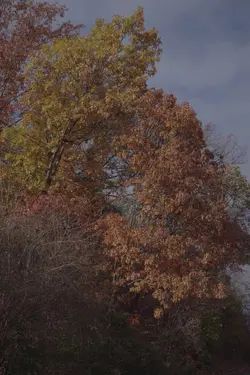
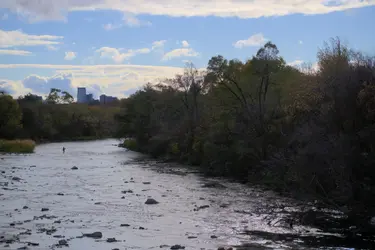
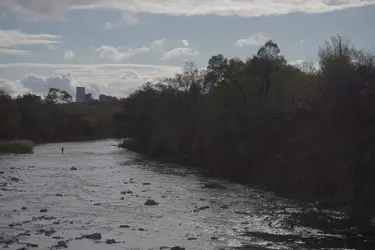


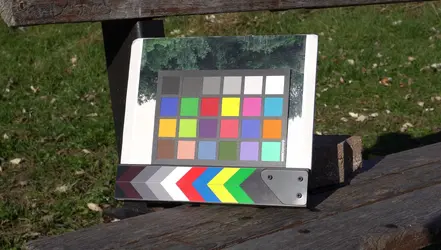

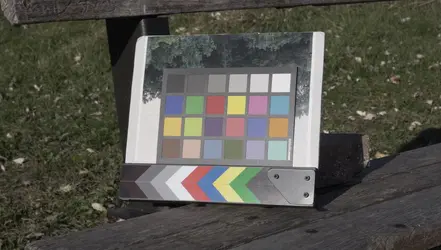


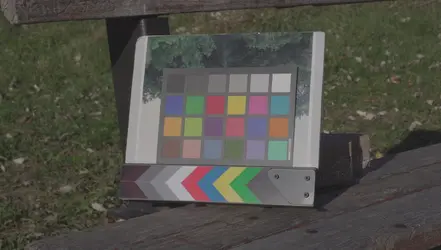








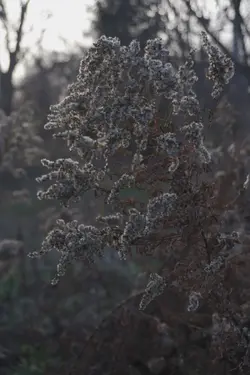
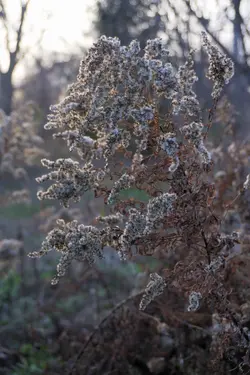



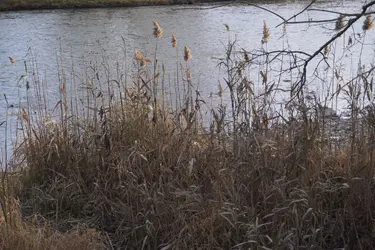


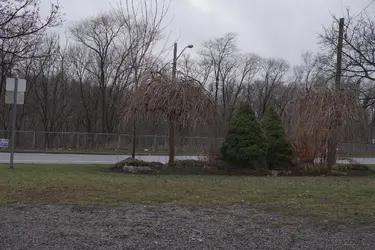
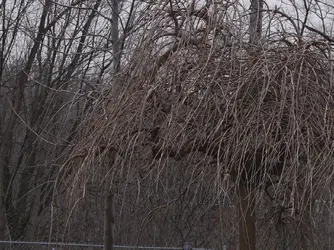


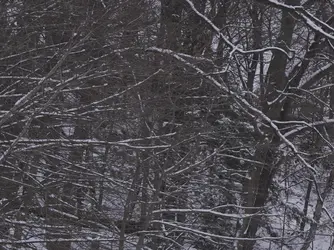

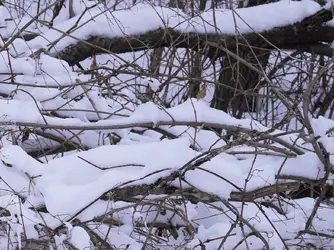

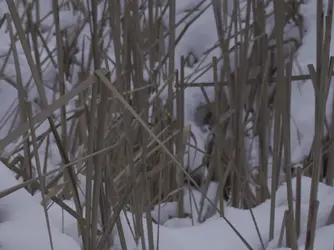
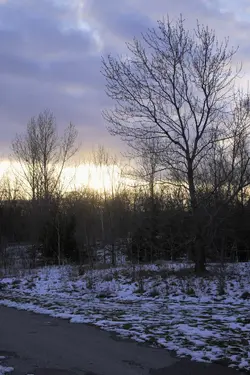


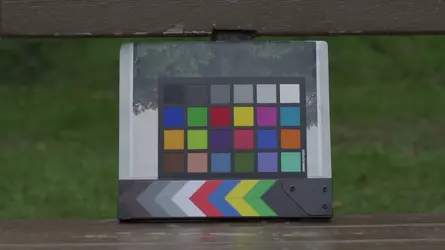
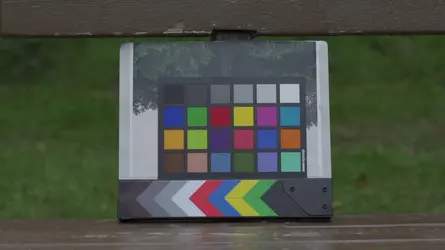

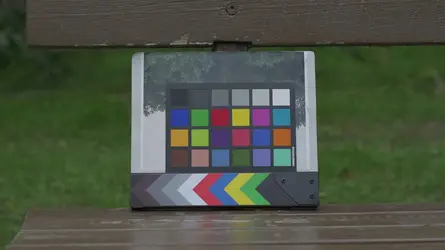



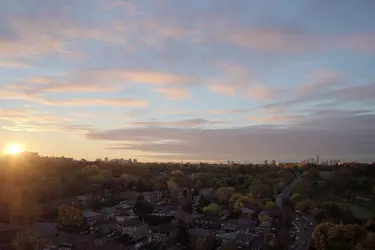
![[No title]](/data/xfmg/thumbnail/35/35213-19b5e1596f756d523bfde9446f21ca8a.jpg?1734166873)








